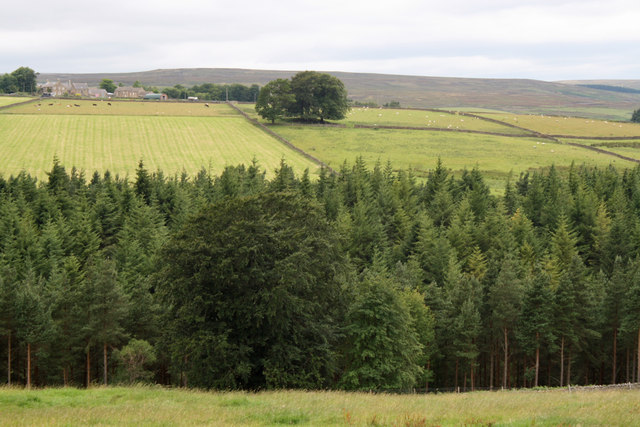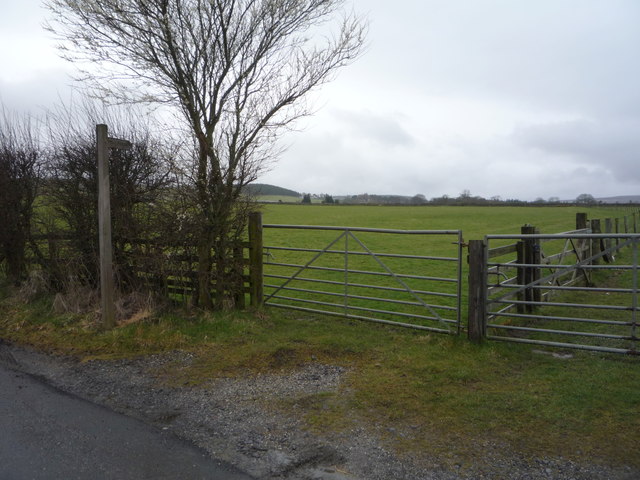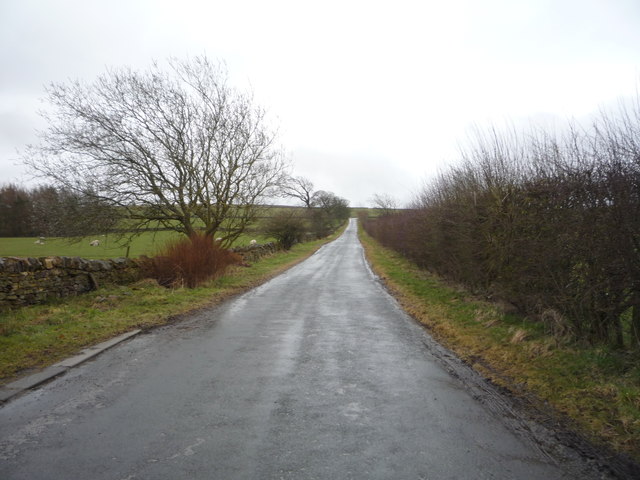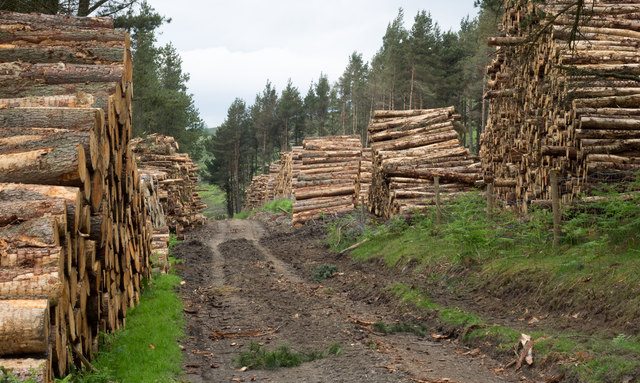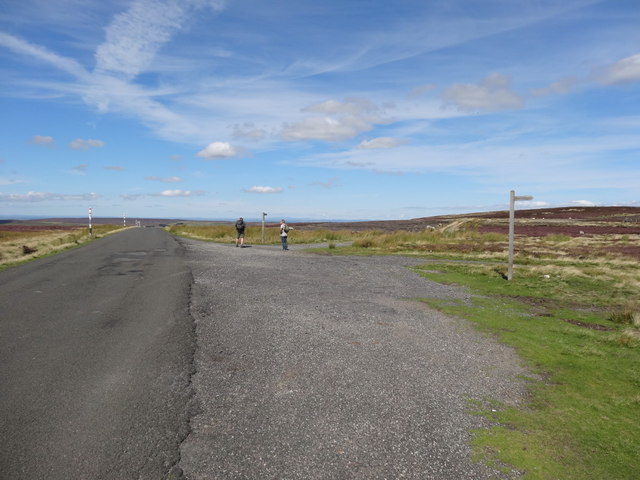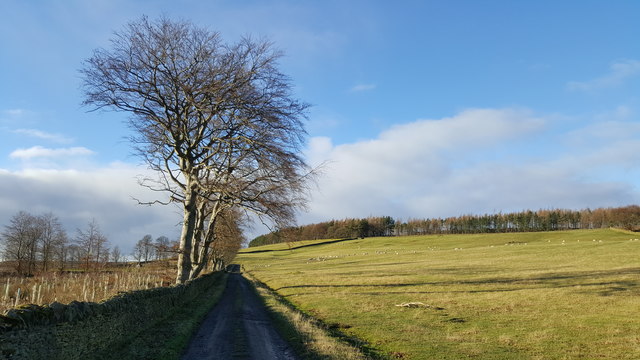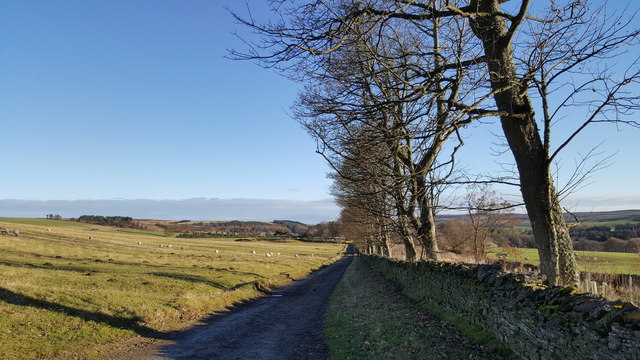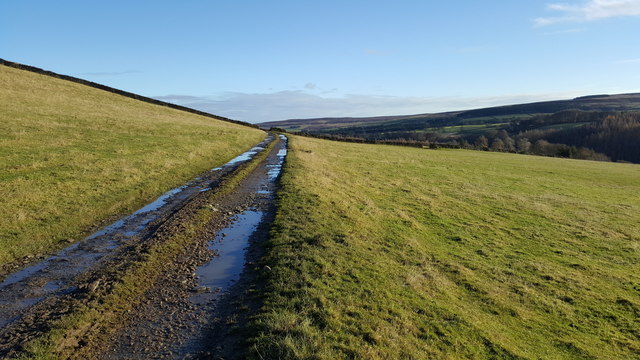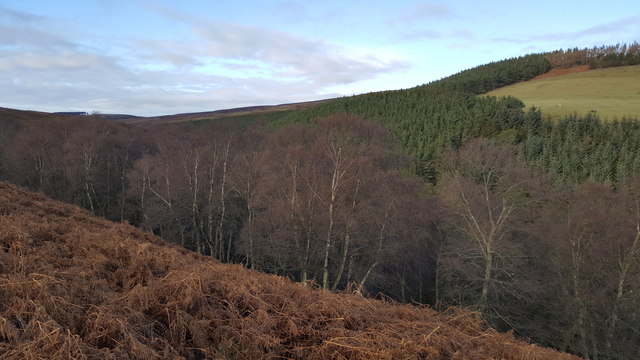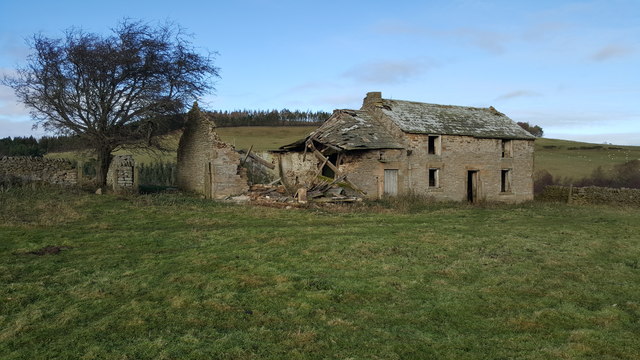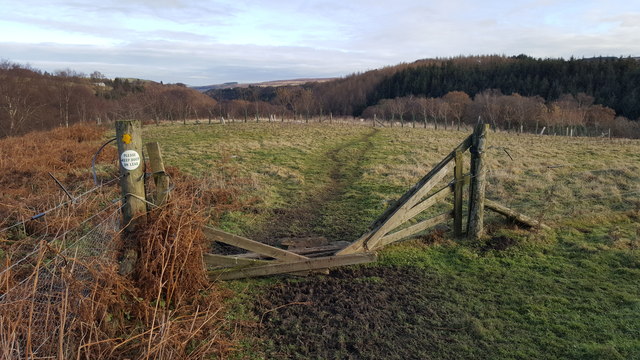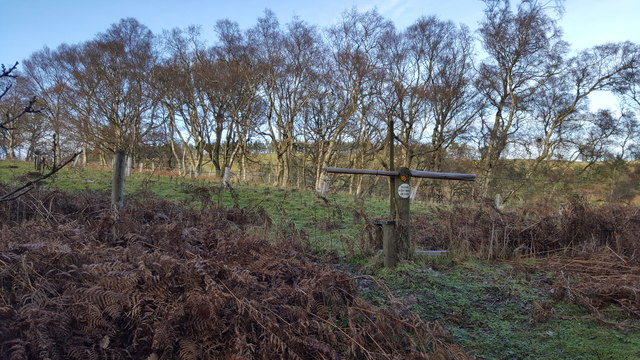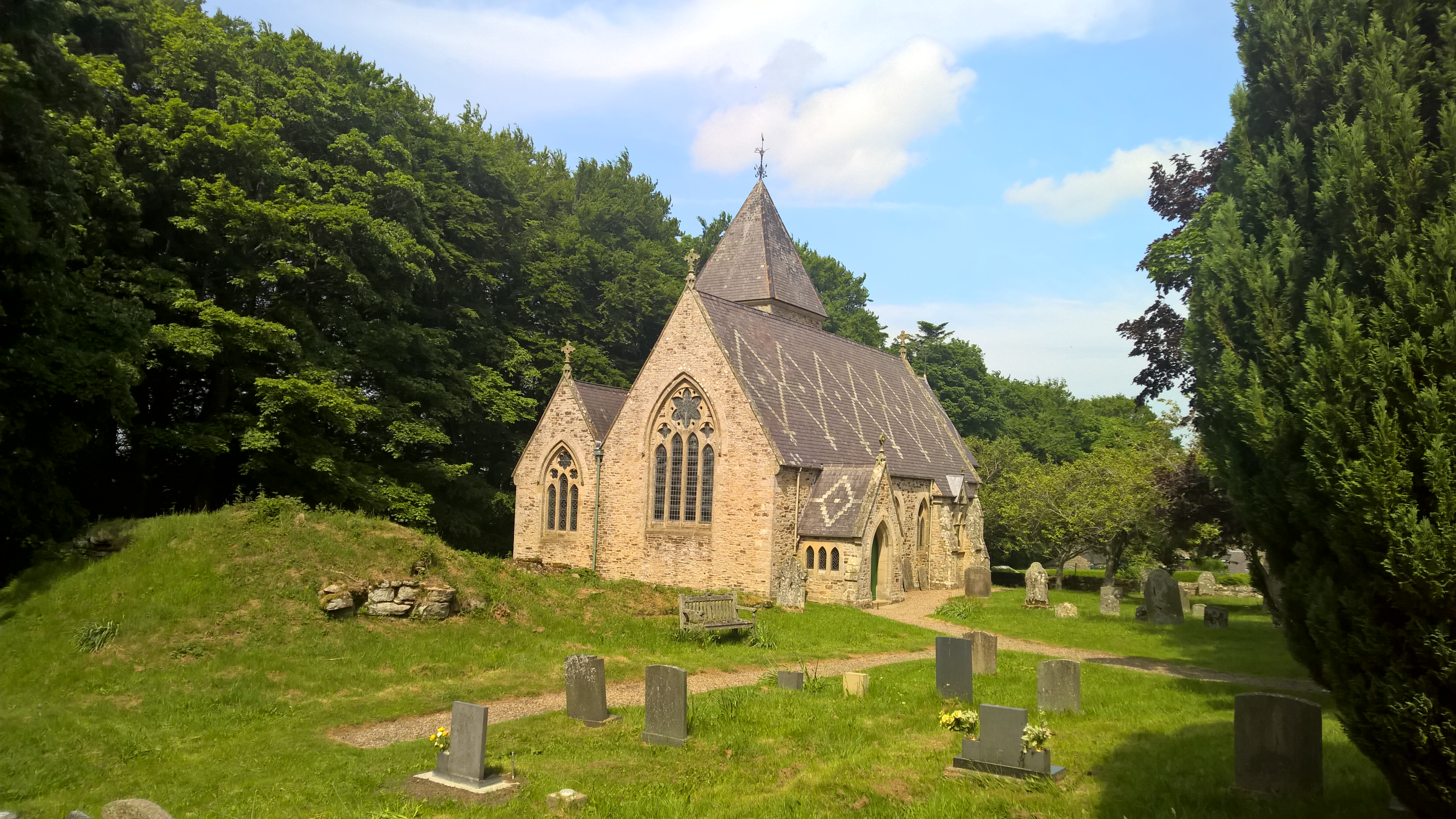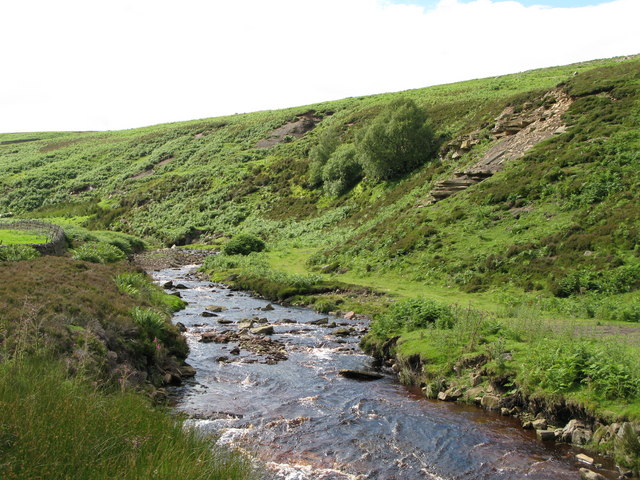Boltsburn Plantation
Wood, Forest in Durham
England
Boltsburn Plantation
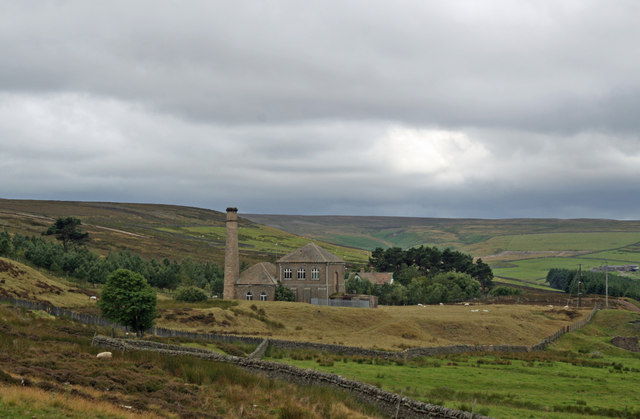
Boltsburn Plantation is a picturesque woodland located in Durham, England. Covering an area of approximately 500 acres, it is a well-preserved and diverse forest that offers a tranquil escape from the urban environment. The plantation is situated in the heart of the North Pennines Area of Outstanding Natural Beauty, showcasing the region's stunning natural landscapes.
The woodland is predominantly composed of coniferous trees, including Scots pine and Sitka spruce, giving it a distinctly evergreen character. These tall trees provide shade and shelter for a variety of wildlife, making Boltsburn Plantation an important habitat for numerous bird species, such as crossbills and buzzards. The forest floor is also home to a rich array of flora, with bluebells and primroses adding vibrant splashes of color during the spring months.
Visitors to Boltsburn Plantation can explore the well-maintained network of walking trails that wind their way through the forest. These trails cater to different abilities and interests, allowing both leisurely strolls and more challenging hikes. Along the way, visitors can enjoy breathtaking views of the surrounding countryside and may even spot some of the resident wildlife.
The plantation is open to the public throughout the year and offers a range of amenities to enhance visitors' experience, including picnic areas and car parking facilities. Whether it's for a peaceful walk, birdwatching, or simply immersing oneself in nature's beauty, Boltsburn Plantation provides a haven for outdoor enthusiasts and nature lovers alike.
If you have any feedback on the listing, please let us know in the comments section below.
Boltsburn Plantation Images
Images are sourced within 2km of 54.839318/-2.0692244 or Grid Reference NY9549. Thanks to Geograph Open Source API. All images are credited.

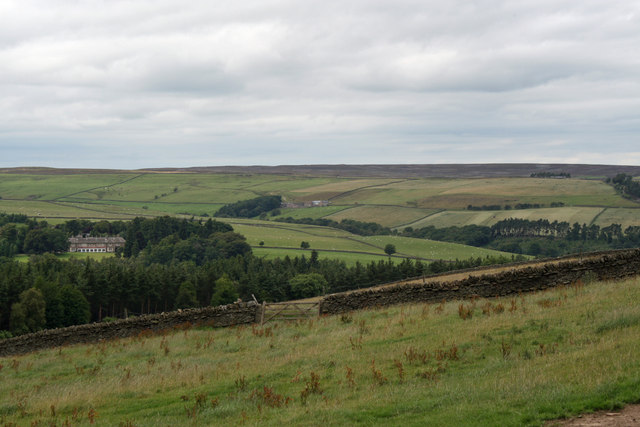
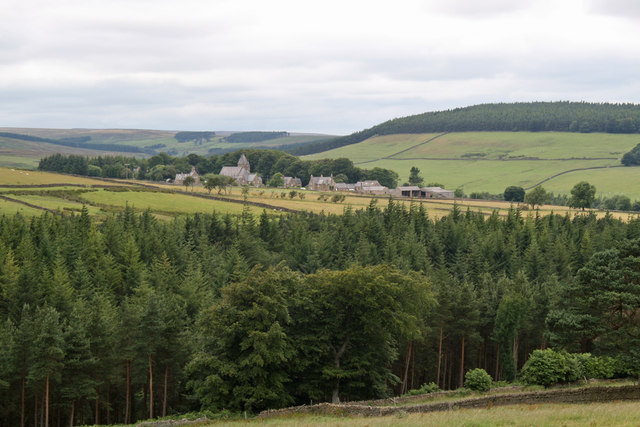
Boltsburn Plantation is located at Grid Ref: NY9549 (Lat: 54.839318, Lng: -2.0692244)
Unitary Authority: County Durham
Police Authority: Durham
What 3 Words
///reflected.accented.stir. Near Slaley, Northumberland
Nearby Locations
Related Wikis
Hunstanworth
Hunstanworth is a village in County Durham, England. It is situated approximately 10 miles to the west of Consett, south-west of the village of Blanchland...
Baybridge, Northumberland
Baybridge is a small village in Northumberland, England, just to the west of Blanchland and on the border with County Durham. It is situated to the west...
Townfield
Townfield is a village in County Durham, in England. It is situated just to the south of Hunstanworth and part of that parish, about 10 miles (16 km) west...
Beldon Burn
Beldon Burn is a headwater stream of the River Derwent in Northumberland and County Durham, England.It rises at Quickcleugh Moss as the Quickcleugh Burn...
Blanchland
Blanchland is a village in Northumberland, England, on the County Durham boundary. The population of the civil parish at the 2011 census was 135.Set beside...
Blanchland Abbey
Blanchland Abbey at Blanchland, in the English county of Northumberland, was founded as a premonstratensian priory in 1165 by Walter de Bolbec II, and...
Ramshaw, Consett
Ramshaw is a small village in County Durham, in England. It is situated to the south of Hunstanworth, a few miles west of Consett. Lead mining was an important...
Muggleswick, Stanhope and Edmundbyers Commons and Blanchland Moor
Muggleswick, Stanhope and Edmundbyers Commons and Blanchland Moor is a Site of Special Scientific Interest in County Durham and Northumberland, England...
Related Videos
Harrison's Cross Blanchland
As far as I can tell, this cross like structure has no significant meaning, and was probably built to protect animals from the high ...
Baybridge ~ Newbiggin Fell ~ Nookton Fell loop with iWalksNE ~ 10.2 miles ~ Glorious!
Who would have thought a day after the battering of Storm Babet we would have clear-blue skies and perfect walking weather and ...
Blanchland & Slaley Forest, Northumberland - 6 March 2023
A 10 mile walk from Blanchland. The route heads east along the River Derwent until it reaches the Derwent Reservoir. Here the ...
Exploring Blanchland, Northumberland Northen England.
I really enjoy my ride to Blanchland and I will be exploring more of Northumberland in the next few months so I hope you will like ...
Nearby Amenities
Located within 500m of 54.839318,-2.0692244Have you been to Boltsburn Plantation?
Leave your review of Boltsburn Plantation below (or comments, questions and feedback).
